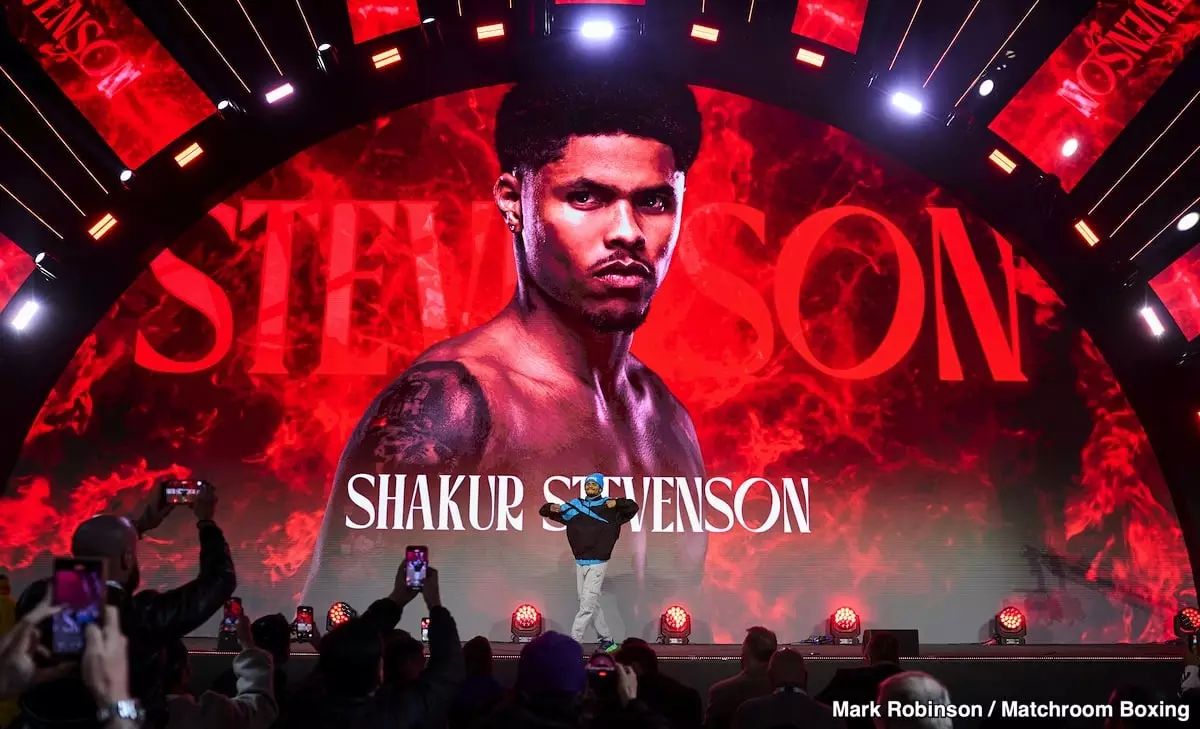The landscape of boxing has witnessed a profound transformation, particularly driven by the rapid advancements in technology and the ever-present influence of social media. As discussed by Tim Bradley, a distinguished figure in the sport, our expectations of fighters have shifted significantly, especially among the younger generation. The modern fan, influenced by platforms like the UFC and an array of instant entertainment options, often approaches boxing with a different mindset. This has fueled a growing discontent among younger viewers towards fighters who employ strategic tactics rather than engage in all-out brawls.
Boxing has always been known as the “sweet science,” emphasizing the delicate balance between offense and defense. However, today’s younger fans, accustomed to fast-paced, high-octane sports, appear less patient with the nuanced artistry that boxing demands. It is not merely a matter of aesthetics; it speaks to an underlying phenomenon driven by an era that prioritizes instant gratification over strategic mastery. The craving for high-stakes knockouts paints a stark contrast against the cerebral approach of fighters like Shakur Stevenson, who are often dismissed as dull.
The Stigma of Defensive Fighting
Stevenson, an undefeated WBC lightweight champion, has garnered criticism for his style, which prioritizes defense over high-risk strategies. Fans have expressed their dissatisfaction by booing his performances, particularly during bouts like the controversial fight against Edwin De Los Santos. Bradley highlights the sad irony that many fans fail to appreciate the defensive art of boxing. Instead, they come to expect fighters to engage in continuous action and thrilling exchanges that lead to dramatic knockouts.
The backlash against Stevenson is indicative of a larger trend within the sport—networks and promoters gravitate towards fighters who can generate excitement, even at the expense of the artistry that boxing embodies. This trend limits opportunities for more skillful fighters, as they find themselves sidelined in favor of those who can deliver an “entertaining” spectacle. As such, the question arises: Are today’s boxing aficionados failing to grasp the intricacies of the sport? Or are they simply products of an entertainment-heavy culture that overlooks the intelligence required to excel in boxing?
Understanding the Role of Promotion and Technology
The relationship between fighters and their promoters has also evolved in tandem with fan expectations. Shakur Stevenson, despite his impressive skills and significant social media presence, battles an uphill war against the misconceptions spawned by an audience that defaults to excitement-driven narratives. Eddie Hearn, one of boxing’s prominent promoters, strategically navigates the landscape, often aligning Stevenson with opponents deemed less threatening to avoid potential backlash. Matches against less skilled opponents, such as the recent bout against Josh Padley, can be seen as a tactical move to prevent the risk of a defeat or lackluster performance, which might provoke further fan disapproval.
Simultaneously, technology impacts not only how fighters are perceived but also how they connect with their audience. The constant engagement through platforms like X can project an image of charisma or confidence. However, even this can fall flat when performance doesn’t align with audience expectations. Audiences consume so much content daily that they develop a critical lens, often viewing fights through the prism of their entertainment viability rather than skill and dedication.
The Future of Boxing: Embracing Diversity in Style
Boxing as a sport is often celebrated for its diversity in fighting styles. Acknowledging that there is room for both the thrilling, knockout-heavy bouts and the technical, strategic matches could lead to a more balanced appreciation. Perhaps the criticism aimed at Stevenson and others with a similar style is indicative of a broader cultural phenomenon where immediacy overshadows substance.
Tim Bradley’s insights prompt a critical examination of what it means to appreciate boxing in the modern era. Training a younger generation to appreciate the nuances of the sport may require a shift in how it is presented and discussed, both in mainstream media and among boxing pundits. Fans need to recognize that while knockouts captivate, it’s the intricacies—the evasive footwork, the strategic jabs, and the tactical clinches—that make boxing an enduring form of art.
In the end, fostering an understanding of boxing’s evolution could bridge the gap between fans and fighters, enriching the sport as a whole rather than diminishing it to mere entertainment. As the dialogue around styles and performance continues, it’s crucial to embrace and celebrate the rich tapestry of approaches that boxing offers, instead of confining it to binary preferences of excitement or boredom.

